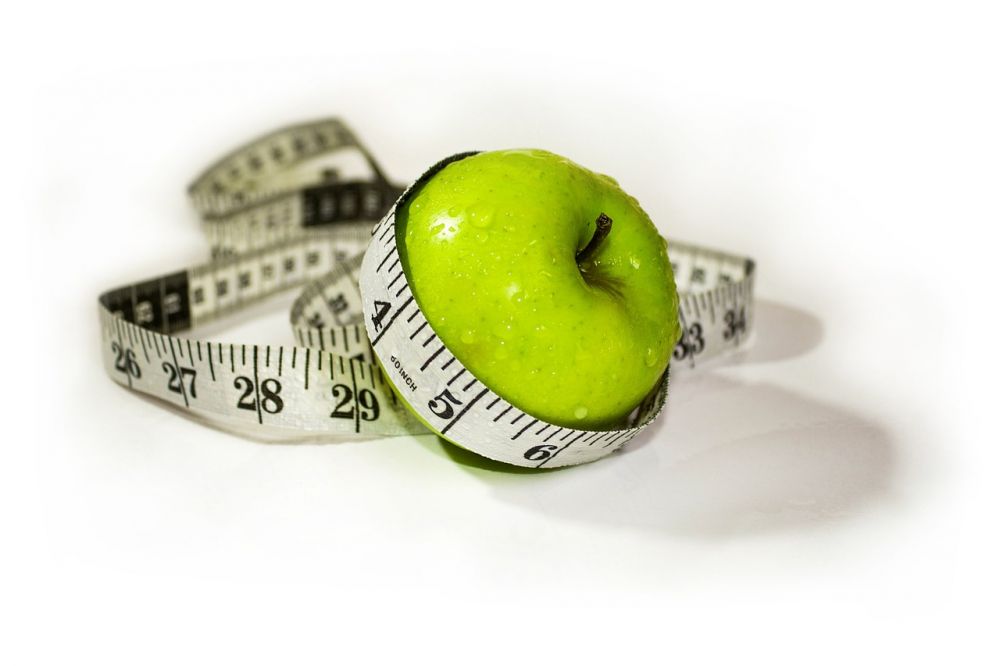High Protein Diet: A Comprehensive Guide

Introduction:
A high protein diet has gained significant popularity in recent years, particularly among individuals aiming to improve their body composition and overall health. In this article, we will provide a thorough overview of the high protein diet, exploring its various types, popular choices, and quantitative measurements. Additionally, we will delve into the differences between different high protein diets, as well as a historical review of their advantages and disadvantages.
I. Overview of High Protein Diet:

A high protein diet involves increasing the proportion of protein in one’s daily calorie intake. It focuses on obtaining a higher percentage of energy from protein sources while reducing the consumption of other macronutrients like carbohydrates and fats. This dietary approach emphasizes the role of protein in supporting muscle growth, satiety, and weight management.
II. Types of High Protein Diets:
1. The Atkins Diet:
– One of the most well-known types of high protein diets.
– Emphasizes low-carbohydrate, high-fat intake along with high protein consumption.
– Promotes a state of ketosis, where the body primarily utilizes stored fat for energy.
2. The Paleo Diet:
– Advocates a return to eating patterns similar to our ancestors.
– Involves consuming lean proteins, fruits, vegetables, nuts, and seeds.
– Excludes processed foods, dairy, grains, and legumes.
3. The Dukan Diet:
– A multi-phase diet plan popularized by Dr. Pierre Dukan.
– Consists of high protein, low-fat foods in the initial phases.
– Gradually reintroduces other foods while maintaining protein intake.
III. Quantitative Measurements of High Protein Diet:
When following a high protein diet, it’s crucial to determine the optimum amount of protein required based on factors such as body weight, activity level, and goals. Some commonly used measurements include:
1. Daily Protein Intake:
– Recommended protein intake varies based on individual factors, ranging from 0.8-2 grams per kilogram of body weight.
– Athletes and individuals engaging in intense physical activity may benefit from higher protein intake.
2. Protein Quality:
– Measured using the Protein Digestibility Corrected Amino Acid Score (PDCAAS), which evaluates protein absorption and amino acid content.
– Sources like lean meats, poultry, fish, eggs, and dairy products are considered high-quality proteins.
IV. Differences Between High Protein Diets:
Although high protein diets share a similar emphasis on protein intake, they differ in several aspects:
1. Macronutrient Composition:
– Some high protein diets, like the Atkins diet, emphasize low carbohydrate intake, while others may focus on balanced macronutrient ratios.
2. Food Choices:
– The Paleo diet promotes whole, unprocessed foods, while other high protein diets may allow for a wider range of food options within protein-rich sources.
3. Long-Term Sustainability:
– High protein diets may vary in their long-term feasibility and adherence, requiring careful consideration of personal preferences and lifestyle.
V. Historical Perspective on Advantages and Disadvantages of High Protein Diets:
Throughout history, high protein diets have faced varying opinions regarding their benefits and drawbacks:
1. Advantages:
– High protein intake can aid in weight management by reducing appetite and promoting satiety.
– Protein plays a crucial role in muscle recovery and growth, making it an essential component for athletes and individuals engaging in regular exercise.
2. Disadvantages:
– Potential risks associated with high protein diets include kidney strain, nutrient deficiencies, and increased risk of certain health conditions.
– Long-term sustainability and potential social restrictions may also pose challenges for individuals following strict high protein diets.
Overall, a high protein diet can offer numerous benefits when implemented correctly and in line with an individual’s specific needs and goals. Consultation with a healthcare professional or registered dietitian is recommended before embarking on any drastic dietary changes.
Conclusion:
In conclusion, the high protein diet trend has gained significant traction due to its potential benefits for weight management, muscle growth, and satiety. Understanding the various types of high protein diets, quantitative measurements, and their differences is crucial when considering this dietary approach. However, it is important to strike a balance and consider potential disadvantages and long-term sustainability. By making informed choices and seeking professional guidance, individuals can harness the potential benefits of a high protein diet while mitigating potential risks.











